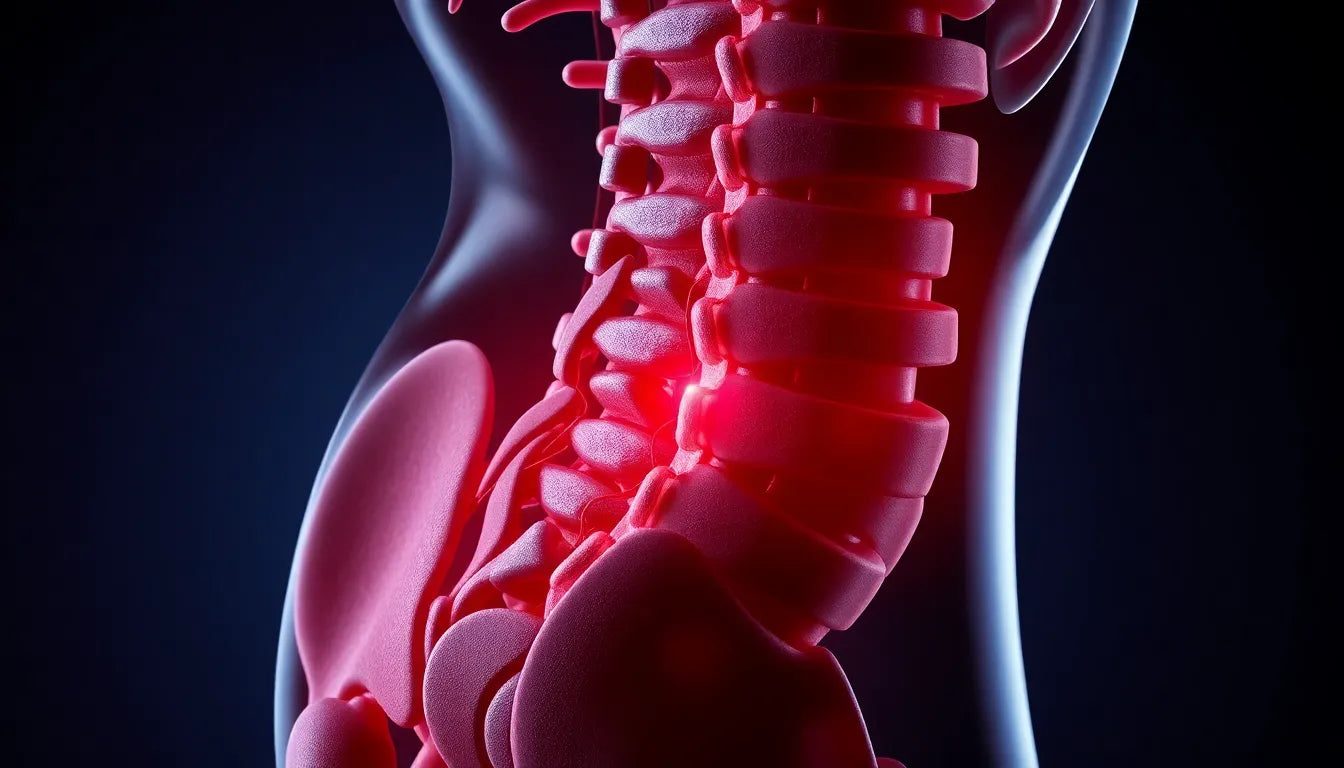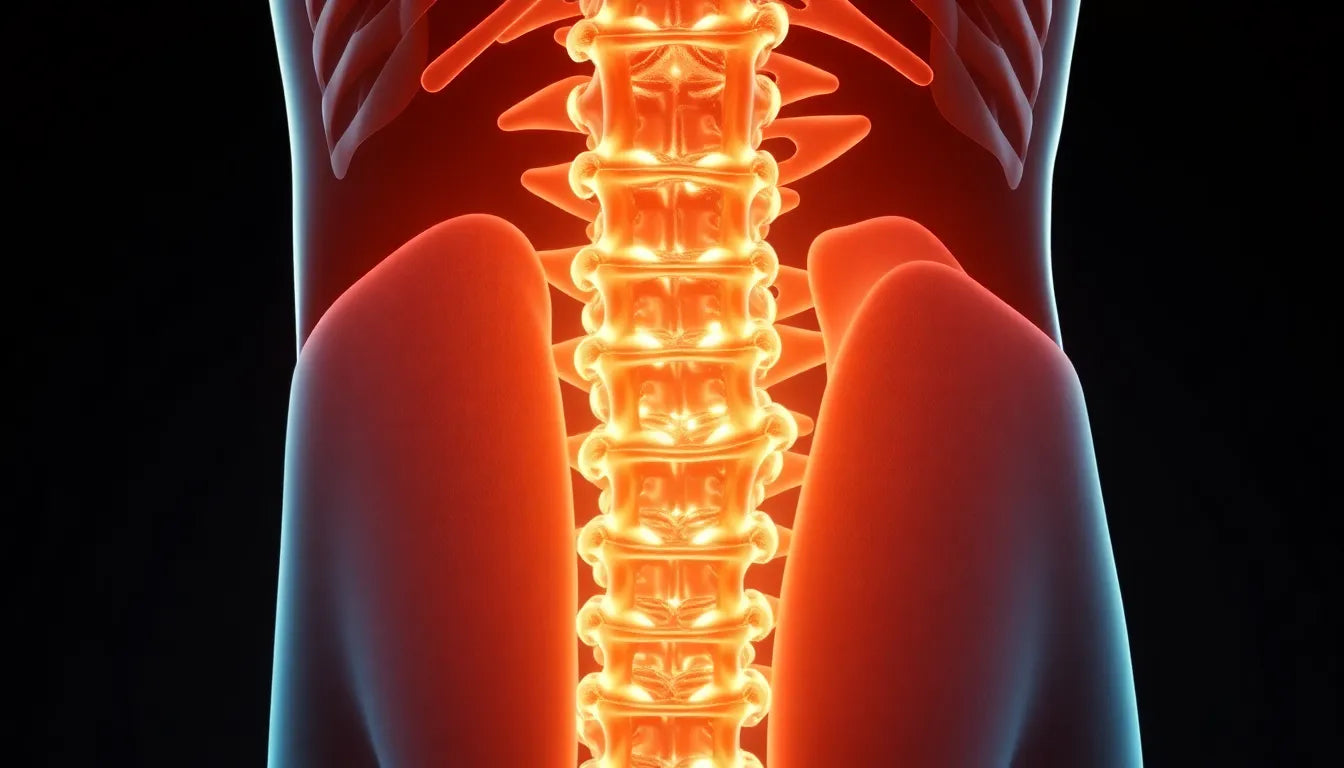Experiencing a herniated disc can be both painful and disruptive, impacting one's ability to perform everyday tasks. A herniated disc occurs when the soft, gel-like center of a spinal disc pushes through a crack in the tougher exterior casing. This condition can lead to symptoms such as pain, numbness, and weakness, particularly in the back, neck, or limbs, depending on the location of the herniation. These symptoms can vary in severity, often affecting one's quality of life and daily activities.
Understanding the role of surgery in herniated disc treatment
When it comes to addressing a herniated disc, surgery is generally considered a last resort. Most individuals find relief through non-surgical treatments such as physical therapy, medications, and lifestyle modifications. However, there are instances where conservative treatments fail to provide adequate relief, and surgery becomes a viable option. Understanding when surgery is necessary is crucial for making informed decisions about treatment.
Surgery for a herniated disc is typically recommended when symptoms persist despite several weeks of conservative treatment, or when there is significant neurological impairment, such as loss of bladder or bowel control. It's important to recognize that surgery is not the first line of treatment, but rather an option when other methods have been exhausted or when urgent intervention is required.
Purpose of exploring surgical options
This post aims to delve into the circumstances under which surgery for a herniated disc becomes the right choice. By examining the indications for surgery, the various surgical procedures available, and what one can expect during recovery, we hope to provide a comprehensive understanding for those considering this path. Making an informed decision about surgery involves weighing the potential benefits against the risks and understanding the recovery process, all of which will be explored in the subsequent sections of this guide.
when is surgery recommended for a herniated disc?
Deciding to undergo surgery for a herniated disc is a significant decision that typically comes after exhausting other treatment options. Surgery is generally recommended when a patient experiences persistent symptoms such as pain, numbness, or weakness that do not improve after six weeks of conservative treatments like physical therapy and medications. Additionally, surgery becomes a critical option in cases where there is a severe neurological deficit. This includes symptoms such as loss of bladder or bowel control, which indicate a more urgent need for surgical intervention to prevent permanent damage.
types of surgical procedures for herniated discs
discectomy and microdiscectomy
Discectomy is one of the most common surgical procedures for treating herniated discs, especially in the lumbar region. The goal of this procedure is to remove the portion of the disc that is pressing on the spinal nerves. Microdiscectomy, a minimally invasive variant, involves smaller incisions and the use of a microscope to guide the surgeon, resulting in less tissue damage and a quicker recovery time. Both procedures are designed to alleviate nerve pressure and reduce pain.
laminotomy and laminectomy
Laminotomy and laminectomy involve removing part of the vertebral arch, or lamina, to relieve pressure on the spinal nerves. While laminotomy involves making an opening in the lamina, laminectomy involves removing a larger portion. These procedures are often performed in conjunction with discectomy to provide more comprehensive decompression of the affected area.
endoscopic spine surgery
Endoscopic spine surgery is a minimally invasive technique that uses an endoscope and small incisions to remove disc fragments. This approach offers several benefits, including reduced pain, minimal scarring, and a quicker recovery compared to traditional open surgery. This method is particularly advantageous for patients who are eligible for minimally invasive procedures.
artificial disc replacement
Artificial disc replacement involves removing the damaged disc and replacing it with an artificial one. This procedure is suitable for select cases, primarily in the lower back, and is not typically recommended for patients with arthritis or multi-level disc issues. The artificial disc aims to maintain more natural spinal movement compared to spinal fusion.
spinal fusion
Spinal fusion is a procedure where two or more vertebrae are fused together to provide stability to the spine after disc removal. While this procedure can effectively alleviate pain and prevent further disc herniation, it does reduce spinal flexibility. It is often considered when other surgical options are not viable.
risks and recovery associated with herniated disc surgery
Like any surgical procedure, herniated disc surgery carries certain risks, including infection, bleeding, and nerve damage. However, these risks are relatively low when the surgery is performed by experienced surgeons. Recovery times can vary depending on the type of procedure performed and the patient's overall health. Many patients experience significant symptom relief within two to four weeks after surgery, with full recovery expected around twelve weeks. Adhering to post-operative care instructions and engaging in recommended physical therapy can enhance recovery outcomes.
alternatives to surgery
Before considering surgery, patients are often encouraged to explore non-surgical options. These may include physical therapy to strengthen the muscles supporting the spine, medications to manage pain and inflammation, and lifestyle modifications such as weight management and ergonomic adjustments. These alternatives can be effective in managing symptoms and improving quality of life for many patients.
Post-surgery expectations and outcomes
Undergoing surgery for a herniated disc can be a significant step towards regaining quality of life, but understanding what to expect post-surgery is crucial for a successful recovery. Most patients experience a notable reduction in pain and other symptoms within a few weeks following the procedure. However, the recovery timeline can vary based on the type of surgery performed and individual health factors.
Adhering to postoperative care instructions is vital for optimal recovery. This often includes engaging in physical therapy, which helps restore strength and flexibility, and gradually returning to normal activities. Patients are typically advised to avoid heavy lifting and strenuous activities during the initial recovery phase to prevent complications. Many find that following these guidelines not only aids in a smoother recovery but also enhances long-term outcomes.
Case studies and patient experiences
To illustrate the varied outcomes of herniated disc surgery, consider the case of John, a 45-year-old office worker who underwent a microdiscectomy. After struggling with persistent back pain for months, surgery provided him with immediate relief. Within two weeks, John was able to return to light activities and fully resumed his work duties by the three-month mark.
In contrast, Maria, a 60-year-old retired teacher, underwent spinal fusion due to severe disc degeneration. Her recovery was more gradual, with significant improvements in pain levels noted after six weeks. Although her spinal flexibility was somewhat reduced, the surgery allowed her to comfortably engage in daily activities without the debilitating pain she previously experienced.
Frequently asked questions
What are the signs that surgery might be necessary for a herniated disc?
Surgery may be necessary if persistent pain, numbness, or weakness continues despite six weeks of conservative treatment. Severe neurological symptoms, such as loss of bladder or bowel control, also indicate an urgent need for surgical intervention.
How long does recovery from herniated disc surgery usually take?
Recovery times can vary, but many patients experience symptom relief within 2-4 weeks. Full recovery is often expected around 12 weeks, depending on the type of procedure and individual health factors.
Are there any long-term effects or limitations after surgery?
While many patients return to normal activities, some may experience reduced spinal flexibility, particularly after procedures like spinal fusion. Ongoing management through physical therapy and lifestyle adjustments can help maintain results.
What are the potential complications of herniated disc surgery?
Potential complications include infection, bleeding, and nerve damage. Although these risks are relatively low, it is important to follow postoperative care instructions to minimize them. In rare cases, additional surgery may be required.
Can lifestyle changes reduce the risk of future herniated discs?
Yes, maintaining a healthy weight, practicing good posture, and engaging in regular exercise can help prevent the recurrence of herniated discs. Incorporating ergonomic adjustments in daily activities can also be beneficial.
Understanding the potential benefits and risks of herniated disc surgery, as well as the importance of postoperative care, can empower patients to make informed decisions about their treatment options. By considering individual circumstances and consulting with healthcare professionals, patients can choose the best path toward recovery and improved quality of life.
Sources
- Mayo Clinic. "Herniated disk - Diagnosis and treatment."
- Hospital for Special Surgery. "Microdiscectomy for Herniated Disc."
- Healthline. "Herniated Disc Surgery: What to Expect."
- Mayo Clinic. "Diskectomy."
- Medical News Today. "Herniated disc surgery - Types, risks, recovery."
- Atlantic Spine Center. "After Microdiscectomy Herniated Disc Surgery."
- Shopify. "How SERP Analysis Works."
- Cleveland Clinic. "Herniated Disk (Slipped or Bulging Disk)."























